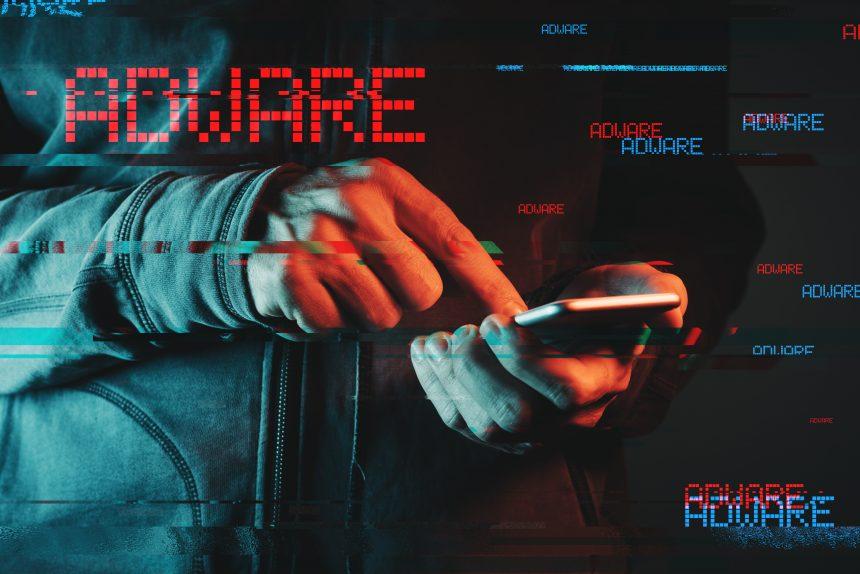Adware threats like MicroCoordinator are becoming increasingly common, especially for users of Mac systems. While Macs are known for their strong security measures, they are not immune to adware and potentially unwanted programs (PUPs). MicroCoordinator, a variant of the infamous AdLoad adware family, is one such threat that targets Mac users by displaying intrusive advertisements and hijacking browser sessions. This article will dive into the details of MicroCoordinator, explaining how it operates, its potential dangers, and how you can remove it from your system using SpyHunter, a reliable anti-malware tool. We’ll also provide some preventive measures to protect your Mac from similar threats in the future.
Remove annoying malware threats like this one in seconds!
Scan Your Computer for Free with SpyHunter
Download SpyHunter now, and scan your computer for this and other cybersecurity threats for free!
MicroCoordinator Details
Name: MicroCoordinator (also known as Trojan.Adload)
Type: Adware, Potentially Unwanted Application (PUA), Mac Virus
Removal Time: Typically less than 15 minutes
Malware Removal Tool: SpyHunter
MicroCoordinator belongs to the AdLoad family of adware, a group of programs designed to hijack browser sessions and inject unwanted advertisements. This adware is a significant threat to Mac users because it can impair system performance, collect sensitive data, and expose users to additional threats, including malware. In this section, we’ll explore the installation methods, purpose, and potential dangers associated with MicroCoordinator.
MicroCoordinator Installation
MicroCoordinator often finds its way onto Macs through bundled software installers or fake software updates. Many times, it is packaged with seemingly legitimate software, such as free programs or media players, and distributed via third-party websites. When downloading software from unofficial or untrustworthy sources, users may unknowingly install adware and other PUPs alongside the desired application.
Another common method of distribution is through fake alerts about outdated software, such as notifications claiming that Adobe Flash Player needs an update. In these cases, users may be tricked into installing malicious programs while attempting to update legitimate software. Once installed, MicroCoordinator typically alters browser settings in Google Chrome, Safari, Firefox, or Opera to display ads and redirect users to unwanted sites.
MicroCoordinator may also be bundled with legitimate applications during installation, often as an “optional” offer or a “free deal.” Users can sometimes miss the opportunity to decline these bundled programs during the installation process, resulting in the unwanted installation of adware like MicroCoordinator.
What Is the Purpose of MicroCoordinator?
The primary purpose of MicroCoordinator is to collect data and hijack browser sessions. Once installed, it injects pop-ups, banners, browser redirects, and push notifications into the browsing experience. These ads often appear on popular websites, potentially leading users to malicious or fraudulent websites. The adware may also collect sensitive information from users, such as their IP address, browsing history, and search queries.
MicroCoordinator is not only designed to serve ads but can also act as a gateway for additional malicious activities. For instance, it may open a backdoor for further malware infections, such as additional adware or even ransomware. Therefore, MicroCoordinator poses a serious risk not just in terms of privacy but also in terms of system integrity.
Is MicroCoordinator Dangerous?
While MicroCoordinator might seem like a harmless annoyance, it is much more dangerous than it appears. Below are the key reasons why you should remove MicroCoordinator as soon as you notice its presence:
- Impaired Browsing Experience: The ads injected by MicroCoordinator can severely disrupt your browsing. Pop-ups, redirects, and banners can slow down your system and make it difficult to navigate websites.
- Malicious Redirection: Clicking on ads served by MicroCoordinator can lead to malicious websites that may install additional unwanted software or malware on your Mac. This includes browser hijackers, ransomware, or other forms of adware.
- Privacy Risks: Adware programs like MicroCoordinator are notorious for collecting sensitive user data. This can include IP addresses, search history, browsing habits, and even login credentials for certain websites. This data may be sold to third parties, potentially exposing you to identity theft and privacy violations.
- Spread of Further Malware: In some cases, adware such as MicroCoordinator can act as a gateway for even more dangerous threats, including Trojans, ransomware, and spyware. This is why it’s crucial to remove the program as soon as you detect it.
How to Protect Your Mac from MicroCoordinator
Prevention is key when it comes to avoiding adware like MicroCoordinator. Here are some preventive methods to help protect your Mac from similar infections:
- Download Software Only from Trusted Sources: Always download applications from the official Apple App Store or reputable websites. Avoid third-party sites that offer “free” or “cracked” software, as these are often bundled with adware.
- Check for “Optional” Installations: During software installation, especially for free programs, pay close attention to any offers for additional software. Always choose the “Custom” or “Advanced” installation option to ensure that you are not unknowingly agreeing to install unwanted programs.
- Enable Safari’s Built-in Privacy Features: Safari has built-in settings that can block pop-ups, disable third-party cookies, and prevent cross-site tracking. Ensure these features are enabled to reduce the risk of adware infections.
- Use an Ad Blocker: Consider using an ad blocker extension in your browser. This can prevent most pop-ups, banner ads, and redirects that adware like MicroCoordinator relies on to make money.
- Keep Your Mac Updated: Ensure that your macOS and all installed applications are up to date. Software updates often contain security patches that protect your system from known threats, including adware.
Remove MicroCoordinator from Your Mac
Remove annoying malware threats like this one in seconds!
Scan Your Computer for Free with SpyHunter
Download SpyHunter now, and scan your computer for this and other cybersecurity threats for free!
If you have discovered that MicroCoordinator is already installed on your Mac, it’s important to remove it as soon as possible to prevent further harm. Here’s a step-by-step guide to remove it using SpyHunter, an anti-malware tool:
Step 1: Download and Install SpyHunter
First, download SpyHunter from the official website. Make sure you get it from a trusted source to avoid installing any further malware. Once downloaded, install the program by following the on-screen instructions.
Step 2: Run a Full Scan
Launch SpyHunter and select the option for a full system scan. The software will scan your entire system, including applications, files, and browser settings, to detect and locate MicroCoordinator.
Step 3: Remove Detected Threats
Once the scan is complete, SpyHunter will display a list of detected threats. Locate MicroCoordinator (Trojan.Adload) in the list, and select the option to remove it. SpyHunter will automatically delete the adware and any associated files.
Step 4: Restart Your Mac
After the removal process is complete, restart your Mac to ensure that all changes are applied and that MicroCoordinator has been fully removed.
Step 5: Perform a Second Scan
It’s a good practice to run a second scan to ensure that no remnants of MicroCoordinator remain on your system. This will also help ensure that your Mac is free from any other potential threats.
Prevent Future Infections
After removing MicroCoordinator, it’s important to take preventive measures to avoid similar infections in the future. Follow the preventive tips outlined above, and consider using a reputable anti-malware tool like SpyHunter to perform regular scans. Additionally, always be cautious when downloading software, and avoid installing anything that seems suspicious or unnecessary.





